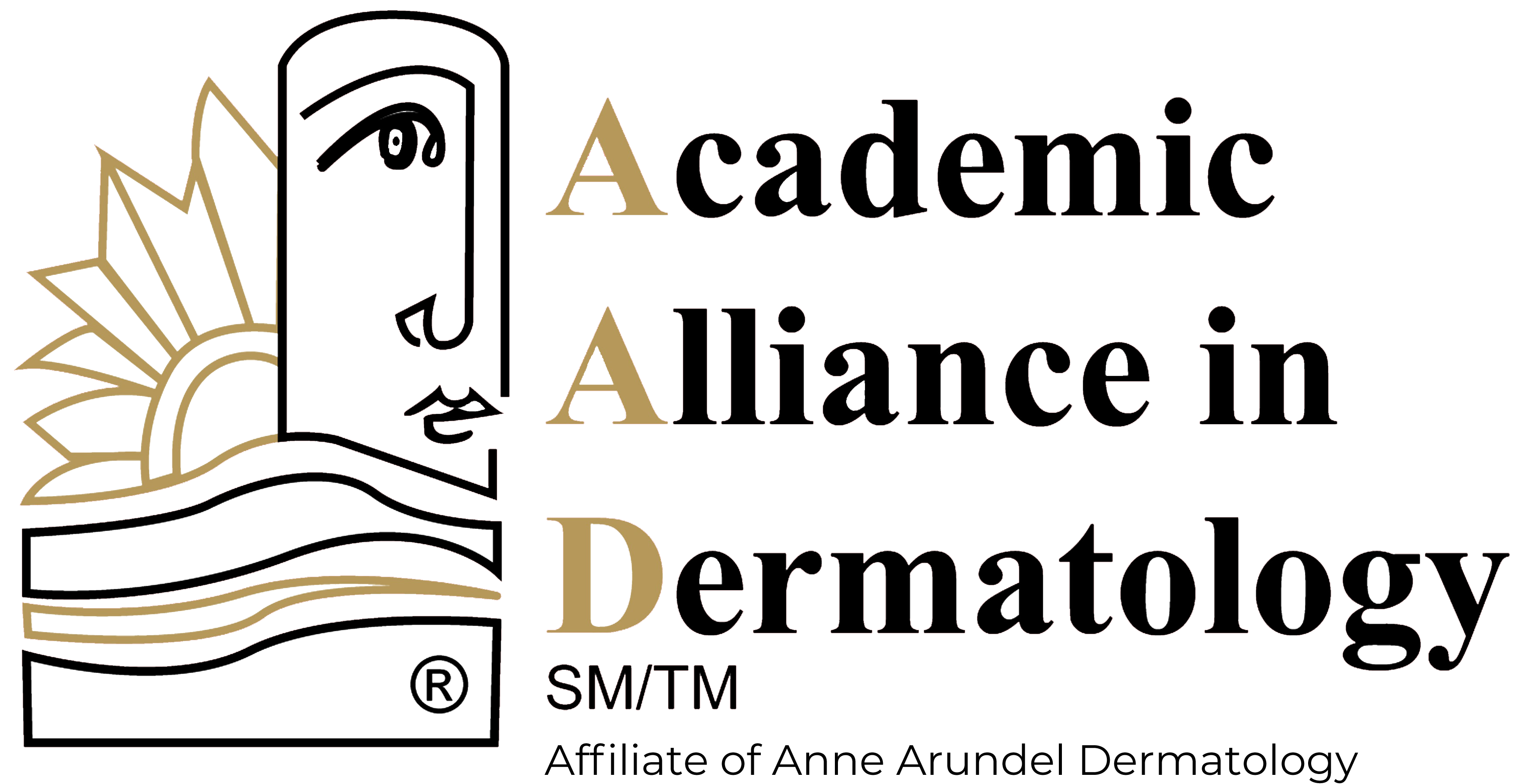Collagen & Elastin: Working Together for Healthy Skin
What is that makes healthy skin, well, healthy? There are two key proteins that play a large role: collagen and elastin. While recent years have seen an uptick in collagen interest, most people don’t know how important natural collagen and elastin are to our skin. Youthful, healthy skin is full of these critical proteins; they are responsible for the elasticity and structure that keeps the surface of our bodies from sagging and stretching. Let’s dive deeper into what these proteins are and what they do for us.
What Is Collagen?
A structural protein found in many areas of the body, collagen (type 1) is the most abundant protein in mammals. This compound is responsible for maintaining structure in not only the external skin but also the connective tissue found inside the body. This protein has many uses; according to HealthLine, collagen even helps our blood to clot (which helps to stop bleeding)!
What Is Collagen Good For?
Type 1 collagen is found in many different places in the body, from our bones to our skin. (Since we are mainly concerned with the skin here at the AAD, we’ll focus on collagen’s importance to skin structure and function.) As we age, our bodies produce less of this critical protein, often leading to dry, cracked skin and wrinkles. Collagen helps us maintain adequate levels of moisture and elasticity in our body’s first line of defense.
What Is Elastin?
Another highly important protein for skin function, elastin is essentially a rubber band molecule that lives in the extracellular matrix (the area outside of cells). These protein strands, due to their shape and chemical make-up, can stretch and return to their original shape. Elastin can also be found in other parts of the body that require significant stretch— like ligaments, the lungs, and the bladder.
What Is Elastin Good For?
As mentioned above, elastin is the protein that is responsible for your skin’s ability to recoil when you poke it. Elastin, just like collagen, ages with time and loses its elasticity. In fact, elastin has an enormously long half-life at 78 years; this means that your body isn’t constantly replacing this protein like it is replacing skin cells. When elastin gets damaged and worn out, the effects are usually permanent.
How Do Collagen And Elastin Work Together?
Since collagen holds the skin together and elastin is responsible for its ability to rebound, these two proteins are the foundation for healthy, youthful skin. We are at constant odds with aging in this regard; time decreases the elasticity of elastin and the production rate of collagen. These molecules are, perhaps, the most important components to our different layers of skin.
Procedures That Can Help
Here at the Academic Alliance In Dermatology, we know exactly how these two proteins work together and interact to uphold skin structure and elasticity. By leveraging different treatments and procedures, we can help you restore the youthful look that your skin had 10-15 years ago. Schedule a consultation with us to find out which of our many treatments from— laser procedures to satisfying face peels— will best help your needs!
